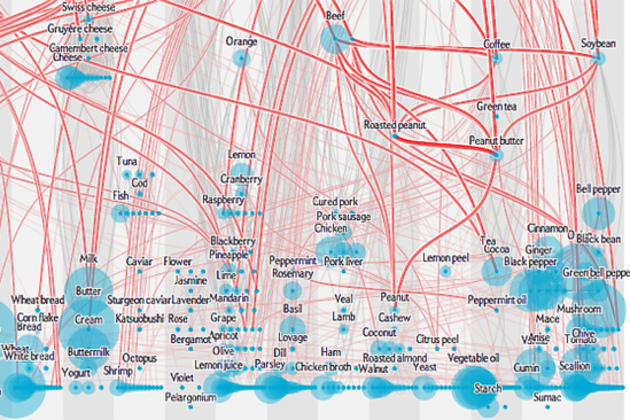The New York Police Department unveiled a user-friendly interactive crime map last weekend. You can look at crime by precinct, by address, or on a heat map. One can also toggle between murder, rape, or a view that shows all seven major felony crimes.
The NYPD designed the interactive map at the behest of the New York City Council, and it's pretty good from a visual perspective. Yet New Yorkers aren't happy with it.
Bronx Councilman Fernando Cabrera told DNAInfo that the map isn't at all what the council was talking about in May, when it mandated the NYPD to create a crime map. As you can see in the screenshot above, the NYPD's map doesn't contain important information like time and date, nor does it break out each incident with specific details. Cabrera added that the NYPD worked on the map "in obscurity," didn't keep the council updated on its progress, and ultimately has created a map that is "sub-standard to what you find in other states and in other cities, likes Chicago."
The other major criticism of the map comes from advocates for bicycle and pedestrian safety. The Village Voice argues that the absence from the map of vehicular injuries and homicides is "a giant, gaping blind spot in the data visualization." It's also in keeping with NYPD Commissioner Ray Kelly's views on traffic deaths.
As Sarah Goodyear reported in October, Kelly believes prosecuting reckless driving is too complex. "Some people say that the police are not arresting enough people for reckless driving and that sort of thing. Well, you have to — and there are many court decisions that say this — you have to observe the violation," Kelly said at The Atlantic's CityLab summit. "It takes in-depth investigation and examination, it takes witnesses, it's much more complex than you might think."
If the NYPD omitted vehicular homicides from its crime map because it doesn't have the resources to investigate all vehicular homicides as crimes, why not do the next obvious thing, and create a separate map? The city council held a hearing in October to discuss this very idea. The NYPD's position? We don't wanna. As Streetsblog noted at the time, Susan Petito, assistant commissioner of intergovernmental affairs for the NYPD, testified before the council that because vehicular accidents are cataloged by the nearest intersection, not the nearest address, the maps won't be useful or even all that intelligible.
When asked if the NYPD would like to join the council in finding a way to map vehicle incidents more accurately, Petito replied, "The utility of a street address, I can't sit here and tell you that would add anything."
Bicyclists and pedestrians just can't win with the current NYPD.















